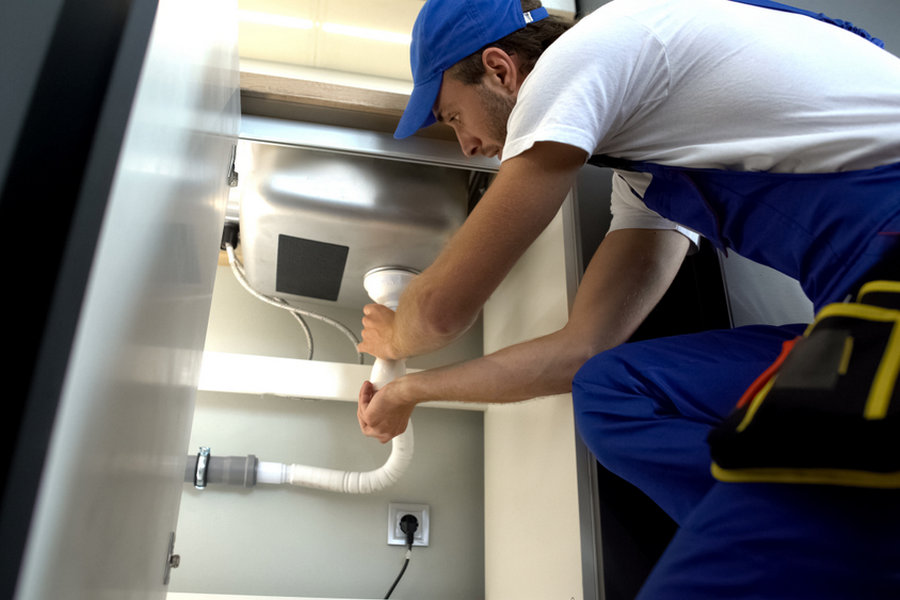
 August 19, 2023
August 19, 2023
 0 Comments
0 Comments
Ensuring the cleanliness and safety of pipelines is of paramount importance to guarantee the delivery of clean water, effective fluid transport, and the prevention of bacterial growth and corrosion. In the realm of pipeline disinfection, there are two primary avenues to explore: chemical and non-chemical methods. This article will delve into the distinctions between these methods and their implications for maintaining pipeline hygiene.
Chemical Disinfection: a Potent Solution
Chemical disinfection involves the utilization of diverse chemical compounds to eradicate or impede the proliferation of harmful microorganisms. Common disinfectants encompass chlorine, chloramine, and hydrogen peroxide. These chemicals possess the capability to break down bacteria, viruses, and other contaminants, rendering them an efficacious strategy for upholding pipeline hygiene. They exhibit the ability to promptly neutralize pathogens and thwart the resurgence of microbes within pipelines.
However, chemical disinfection is not exempt from drawbacks. Excessive application of chemicals can culminate in the creation of detrimental disinfection byproducts, which may pose health hazards if they infiltrate the water supply. Furthermore, a delicate equilibrium must be maintained, striking a balance between applying an adequate amount of disinfectant to eradicate pathogens and avoiding an overly excessive dosage that could harm the pipeline's material or have adverse effects on the environment.
Non-Chemical Approaches: an Eco-Friendly Alternative
Non-chemical approaches to pipeline disinfection revolve around employing physical or biological methods to regulate the growth of microorganisms. Ultraviolet (UV) light treatment stands as one such method, subjecting water to UV radiation to incapacitate the DNA of microorganisms, rendering them harmless. This technique champions environmental friendliness and refrains from introducing any chemicals into the water, rendering it a safer choice for both human consumption and aquatic ecosystems.
Another non-chemical method involves ozonation, where ozone gas is harnessed to neutralize contaminants. Ozone acts as a potent oxidizer, disintegrating bacteria and viruses without leaving behind detrimental byproducts. This method is garnering popularity due to its ability to treat water without altering its taste or aroma, a challenge that certain chemical disinfectants might pose.
Selecting the Appropriate Approach
Opting for a suitable approach for pipeline disinfection hinges on various factors, including the intended purpose of the water, the types of contaminants in question, and environmental considerations. In certain scenarios, a hybrid approach, combining both chemical and non-chemical techniques, might offer the most efficacious solution.
It is also crucial to emphasize that proper maintenance and consistent monitoring play a pivotal role in pipeline disinfection, irrespective of the chosen method. This ensures the continued effectiveness of the chosen approach and the preservation of pipeline safety.
In conclusion, pipeline disinfection is a pivotal stride in safeguarding a clean water supply and efficient fluid conveyance. Both chemical and non-chemical methods have their advantages and limitations. Chemical disinfection delivers a potent means of eradicating pathogens but necessitates vigilant oversight to avert adverse repercussions. Non-chemical approaches, conversely, provide environmentally friendly alternatives that abstain from introducing supplementary chemicals into the water supply.
Should you require professional pipeline disinfection services, enterprises such as Judux extend an array of solutions. Judux is a specialized hygiene solutions company providing disinfection and sanitation services in Dubai. From residential sanitization to water tank cleaning services, Judux stands prepared to assist in upholding a clean and secure environment.
Ultimately, the decision between chemical and non-chemical disinfection methods rests on meticulous consideration of specific requirements, potential consequences, and sustainability objectives within the pipeline system.
